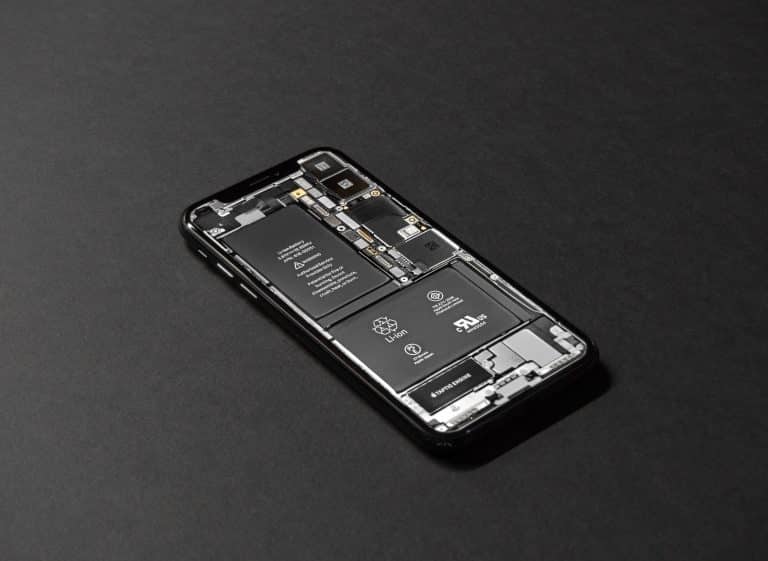According to a YouTube channel that investigated how the iPhone assesses the status of its battery, the iPhone battery health percentage that falls with time is irrelevant and deceptive since it does not identify the actual battery capacity.
As a result of public criticism over the silent limiting of device performance to avoid sudden shutdowns, Apple started revealing battery health percentages on iPhones in 2018. That’s been taken into account so far when figuring out how long an iPhone may be used before needing repairs.
It’s common knowledge that not all batteries are created equal. Batteries have a wide range of capacities due to the chemical processes that occur during the generation of energy.
A video uploaded by the Piet Forward YouTube channel demonstrates that the new iOS 11.3 battery health percentage is unusable and, therefore, a hoax.
When determining an iPhone’s health percentage, Apple doesn’t take the rated capacity into account. Here’s when things become dicey.
The difference in maximum capacity between the two iPhone models does not reveal the actual age of the batteries. The iPhone 12 Pro has 97 charge cycles compared to the iPhone XS’s 466 charge cycles, which explains the discrepancy.
When the video was made, the narrator used two different iPhone models to show the differences between the two. When it comes to storage space, the iPhone XS has about 83% of what the iPhone 12 Pro looks to have:
In addition, Piet Forward has a notion as to why Apple would advertise 100% battery health despite the iPhone 12 Pro having 97 charge cycles. Lithium-ion batteries degrade significantly with each full charge cycle, according to Apple Paul.
According to the presenter’s study of the iPhone, Apple does not currently utilize the actual capacity to determine the battery health percentage and instead uses the rated capability to estimate how much battery life is available on the iPhone. Apple. In certain circumstances, the real capacity may be larger than the stated capacity, allowing you to view your iPhone at 100% capacity for a short time even after multiple charging cycles have been completed.
To put it another way, it’s like adding gas to your automobile… With a gas gauge, you fill the tank and it gets beyond F and takes a long – quite a bit of gas goes back to F,” adds the narrator. It is all digital today. ZDNet has now removed the video, which was first published in April.

